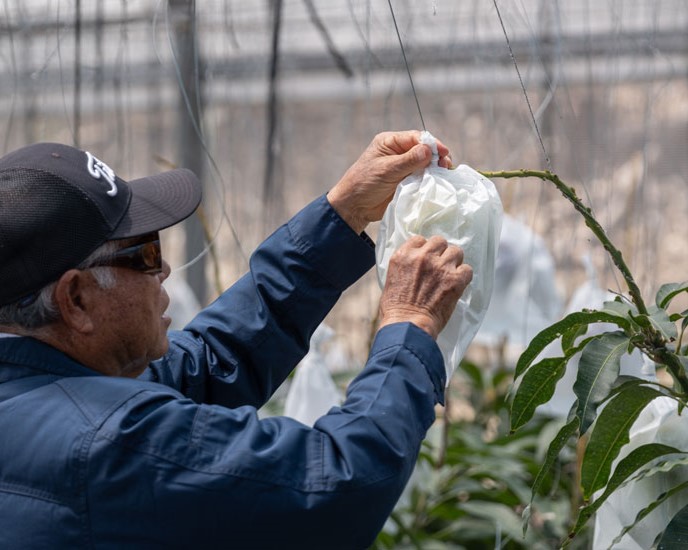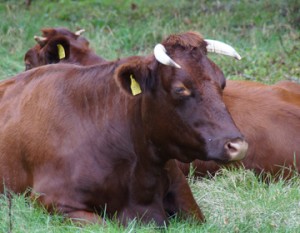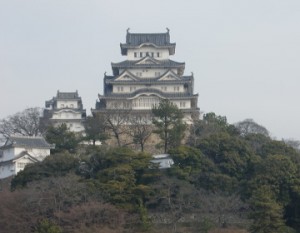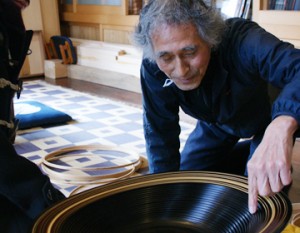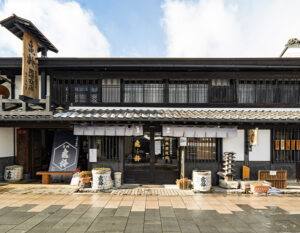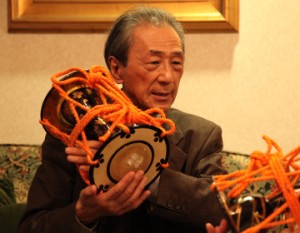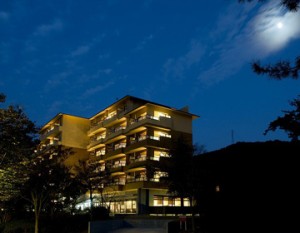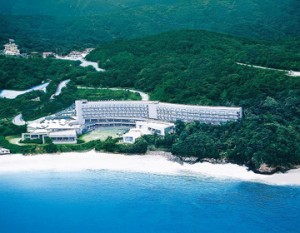Mangoes, the king of tropical fruits, have become Okinawa’s representative specialty. Nakijin Village in the northern part of Okinawa’s main island is the birthplace of mango production in Japan. Forty years ago, Mr. Yasukichi Miyagi, a mango farmer, made up his mind to “make Nakijin the best fruit village in Japan. He is still passionate about mango cultivation.
Nakijin Village, the birthplace of mango cultivation

Nakijin Village is located in the northern part of Okinawa’s main island. Blessed with rich nature, including the sea and forests, the village has long been active in agricultural production of sugarcane and watermelons.
In Nakijin Village, the mango farm “Akeno Fruits” has been cultivating mangoes for 40 years. The chairman, Mr. Yasukichi Miyagi, was the first and foremost mango grower in Japan.
Today, Okinawa Prefecture boasts the largest production of mangoes in Japan.
The mango’s mellow aroma, rich sweetness, and melt-in-your-mouth smoothness are the reasons for its popularity, and over the past 10 years it has gained recognition as a luxury fruit, especially as a gift.
Mangoes from Nakijin Village are also popular as a tax return gift, and have become a representative specialty of the village.

Forty years ago, Mr. Yasukichi learned about mangoes through exchanges with Southeast Asia.
Focusing on the unique tropical environment where tropical fruit trees grow easily due to the long hours of sunlight, he came up with the idea of “making Nakijin Village the best fruit village in Japan. After experimentally growing dragon fruit, atemoya, passion fruit, and other tropical fruit trees in his garden, he started growing mangoes in a greenhouse because he felt they had the highest added value as a high-end fruit. From there, cultivation spread throughout Okinawa Prefecture, including Tomigusuku Village and Miyako Island in the southern part of the main island, and eventually spread to the mainland, including Miyazaki Prefecture.
Constant trial and error in mango cultivation

The mango house, which boasts an expansive site of approximately 3,000 tsubo (approximately 1,000 square meters), is located on a hill overlooking the inland sea at Haneji on the Motobu Peninsula. The Kouri Bridge and, on clear days, the remote islands of Izena and Iheya can be seen.
Mr. Yasukichi says, “To produce delicious mangoes, it is essential to devise various ways to increase the sugar content.
In the scorching heat of Okinawa, the temperature inside the greenhouses rises to 37°C or higher, causing a “high-temperature disorder. When this happens, the mango trees themselves absorb the nutrients stored in the fruit and use them for growth, causing the sugar content to drop and the fruit to drop before it is ripe.
Therefore, high temperature control is an important task for increasing sugar content. The mangoes are grown in plastic greenhouses with blue nets over the top to shade them from the sun, and the process of trial and error is repeated every day.

The mango harvest season is about a month and a half from mid-June to the end of July. Each year, Akeno Fruits ships about 40,000 mangoes.
Mango cultivation is a time-consuming and labor-intensive process until harvest. The mangoes are hung by strings at a high position to expose them to sufficient sunlight so that they will turn beautiful colors, and each mango is individually bagged by hand to protect it from direct sunlight and to protect it from pests.
To prevent natural enemies of insect pests, we do not spray pesticides but frequently control insects by hand. New shoots are sown down to attract insects and prevent the spread of infestations.
Soil improvement is also essential to produce delicious fruit. He replenishes the soil with organic matter and sprinkles sugarcane lees and bagasse to keep the soil nutrient-rich and fluffy.
Different varieties of mangoes have different appealing flavors.

By the way, did you know that there are numerous varieties of mangoes? Few people, even Okinawans, know that there are multiple varieties of mangoes.
The Irwin variety of “apple mango” is the most domestically produced mango in Japan, boasting more than 90% of the market share. Apple mangoes are a popular variety because of their rich sweetness and moderate acidity, their unique sticky texture, and the beauty of their fruits, which turn bright red when ripe.
While apple mango cultivation accounts for 90% of the market share, Akeno Fruits also grows as many as 25 varieties of mangoes for the purpose of research and development of new varieties.
The company is also actively engaged in the cultivation of a yellow variety called “Kinmitsu” and a green variety called “Keats.

This is a 36-year-old “Kinmitsu” tree. It is the first tree in the prefecture that Mr. Yasukichi brought in as a commemorative tree. The countless branches continue to bear delicious fruit, and this season the tree bore 860 fruit. Compared to “apple mangoes,” which have a good balance of sweetness and sourness and are easy to eat, “Kinmitsu” has a unique flavor with an aromatic aroma, a sticky texture, and an aftertaste that tastes somewhat ironic.

When comparing the rare varieties “White Fairy,” which has a unique aroma and taste, and “Maui No. 2,” which is more acidic, the participants were surprised to find that each has a completely different taste.
In recent years, the culture has come to value mangoes based on their high sugar content, but sugar content is not all that makes a mango appealing. I think mangoes are tasty when they have a certain degree of acidity and are well balanced. In addition to this, I feel the difficulty in production is the fact that nowadays, not only sugar content but also grade, such as color and shape, is demanded,” says Koukichi.
The key to future development will be to understand the needs of consumers in terms of what kind of flavor they are looking for, understand the characteristics of each variety, and promote the appeal of the many varieties with different tastes.
Another key point will be to develop products that take advantage of the fruit’s characteristics, which vary in aroma, sweetness, and acidity depending on the time of harvest.
Challenges and Issues in Agriculture. The Future of Nakijin Mangoes

Currently, his son Yohei has taken over as the representative and is working closely with Yasukichi to produce and sell mangoes.
There are 24 mango farmers in Nakijin Village, but the challenge is to train the next generation. In addition to the fruit and vegetable department, Akeno Fruits has also set up a processing department, and is now looking for ways to develop the next generation.
Yohei says, “We would like to process B- and C-grade products that have sufficient sugar content but not enough color, and commercialize them into products such as gelato and shaved ice syrup that can be stored for a long time.
He also talked about the development of a “mango flavor comparison cold-pressed juice set” as a new product idea that only Akefruits, with its expertise in cultivating multiple varieties of mangoes, could come up with.
Mr. Koukichi has been passionate about mangoes for 40 years, and Mr. Yohei has inherited his passion for mangoes. The life of mangoes spun by father and son will continue in the southern fruit village.



